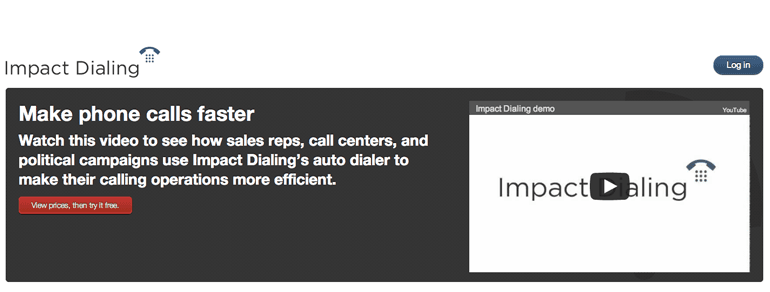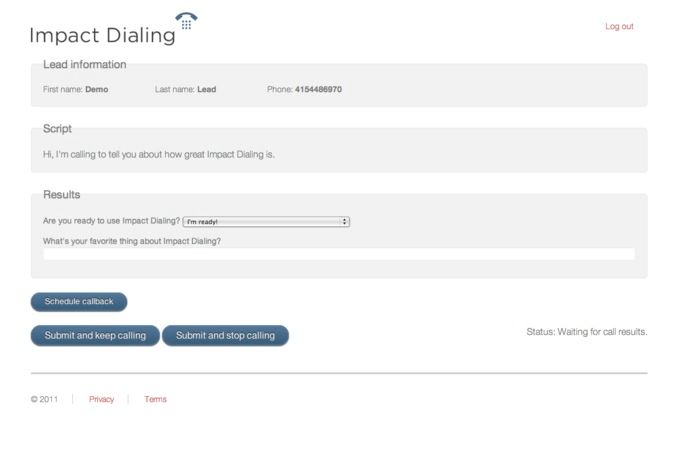Spotlight: Impact Dialing

Impact Dialing offers call center software built inside the browser. While our competitors are hamstrung with outdated systems based on Windows Remote Desktop Login, Java, or at best Flash, we use awesome technologies like Heroku, Twilio, and Pusher to build a call center inside the browser with web standards.
Introduction
Impact Dialing is an online call center service that makes calling operations more efficient and easy to manage. We’ve chatted to Michael Kaiser-Nyman about the realtime aspect of their service and how it enables Impact Dialing to instantly show information to the agent about who they are calling.
What does your app do, and what problems does it solve for your users?
Impact Dialing offers call center software built inside the browser. While our competitors are hamstrung with outdated systems based on Windows Remote Desktop Login, Java, or at best Flash, we use awesome technologies like Heroku, Twilio, and Pusher to build a call center inside the browser with web standards.
Political campaigns, small businesses and call centers use Impact Dialing’s hosted predictive dialer to improve the efficiency of their outbound calling operations. When agents log onto Impact Dialing, our “predictive dialing” algorithm calculates the optimal number of lines to dial and when to dial them in order to maximize agent utilization. Because we’re dialing more lines than there are agents, and dialing before agents are available, agents don’t know who they’re going to be connected to until the moment somebody answers the phone. We need to tell the agents who they’re talking to as fast as possible.

What functionality is powered by Pusher?
The moment somebody picks up the phone, we connect them to an agent and “push” the name and other information about the person who answers to the agent’s browser. The agent can then ask for the proper person by name and reference other information about them. Pretty cool!
Pusher made this real-time responsiveness of our application possible. In previous solutions that we experimented with, we kept running into problems and we wasted countless hours trying to debug. Switching to Pusher took a couple hours, and everything has been smooth sailing since. Now our developers can focus on building a great product, not getting bogged down in the details of negotiating realtime events. Thanks Pusher!
How does this new functionality improve the user experience for your users?
Compared to the old system we used for realtime events, users receive the information much more consistently, and it works across more platforms.